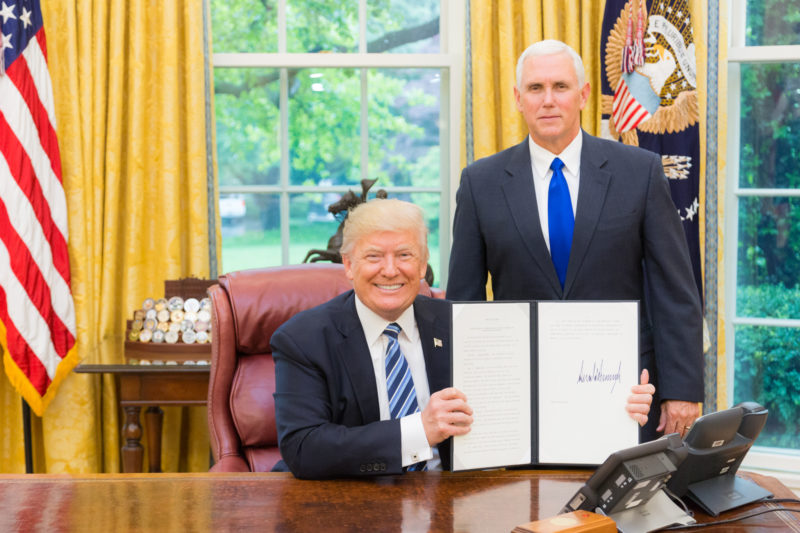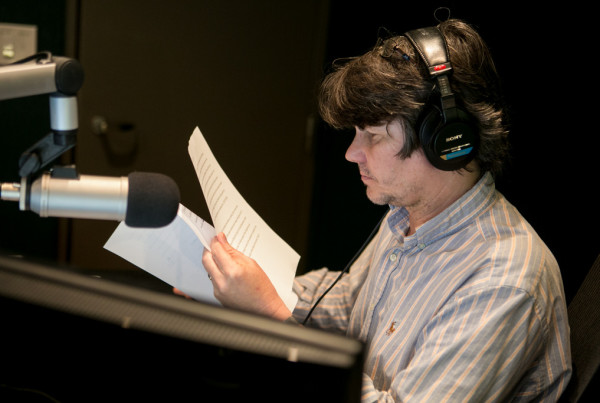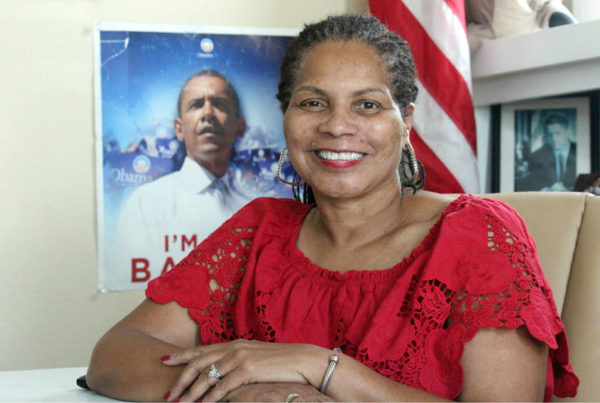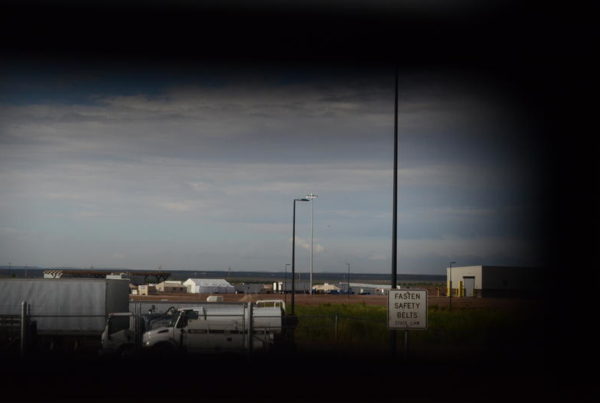Faced with incessant news coverage of family separations at the border, on Wednesday, President Donald Trump signed a quickly-drafted executive order that the White House billed as ending family separation while maintaining the so-called “zero-tolerance” policy of prosecuting all crimes of “improper entry.” Almost immediately, the media trumpeted that the president’s resolve had been broken, but it’s worth a look at the fine print.
The executive order states the administration will “maintain family unity, including by detaining alien families together where appropriate and consistent with law and available resources.”
What does “where appropriate” mean and what if there aren’t “available resources”? Does the president have the unilateral authority to order families kept together, though the administration has said its hands were tied when parents were taken into custody for criminal prosecution? Is this order worth the paper it’s printed on?
Elissa Steglich, a professor with the University of Texas’ immigration clinic, explains what the executive order really does.
“The order essentially encourages indefinite detention of asylum-seeking families and also reinforces the commitment to prosecute all those migrants who have crossed the border unlawfully, particularly families,” she says. “It also prioritizes the immigration aspect of the cases as they move forward in immigration court for families who have entered together.”
She says that before the executive order, there was no real necessity to separate families for the purpose of the prosecutions, at least as it’s been playing out at the southern border in Texas.
“Because here we’re not taking those parents into federal marshals,” she says. “They’re not being sentenced to time in prison, which is kind of the corollary in the domestic context, where you have a parent who might be taken into criminal custody waiting pre-trial for a decision and then any decision of further incarceration.”
Steglich says it will be the Department of Homeland Security’s responsibility to execute the president’s order – by following the model that they currently have in place. And it’s still unclear how families have already been separated will be reunited.
“That’s a big question that is not addressed in the executive order. It’s of heightened concern in terms of still trying to ensure that the parents who have been separated know the whereabouts of their children, identifying those children,” Steglich says. “In the Office of Refugee Resettlement system, children have ended up everywhere from here in Texas to up in Michigan, to out in New York, so finding those children, some are pre-verbal, very young ages, making sure that they are immediately reunified with the parent. But there’s no mention of how that reunification is going to take place, or even a commitment to that reunification in the order.”
With the executive order in effect, Steglich says it’s hard to know yet whether families apprehended today will be handled differently than those who have already been separated.
“It seems that the current family detention centers, which are problematic in their own right, are near capacity or at capacity,” she says. “So what exactly is going to happen to those families if the administration really is committed to detaining them I think is a question we’ll see resolved in the next few days.”
Written by Jen Rice.
















